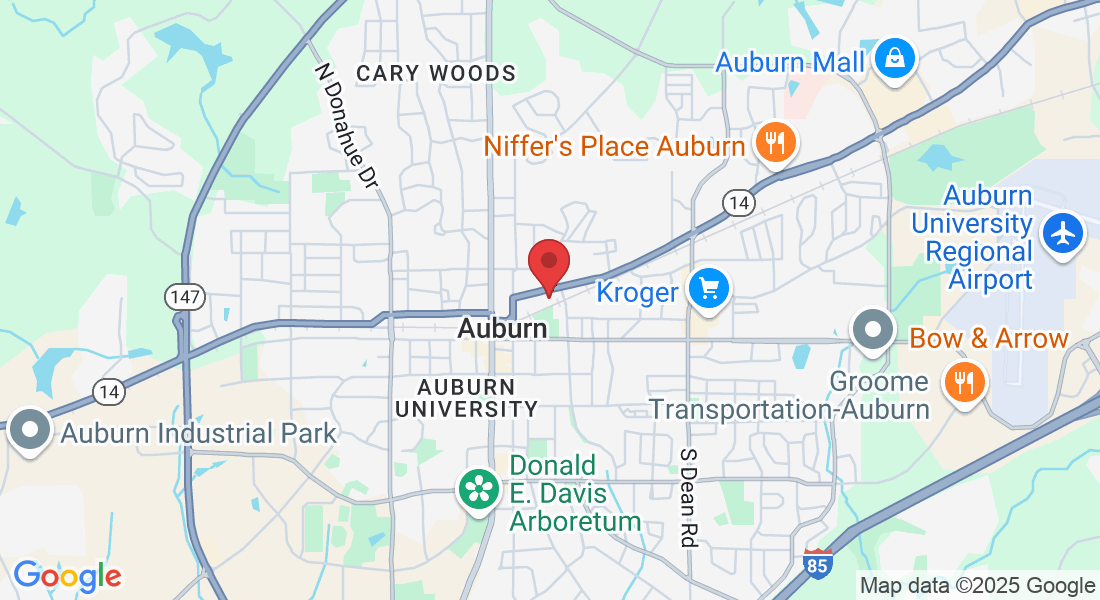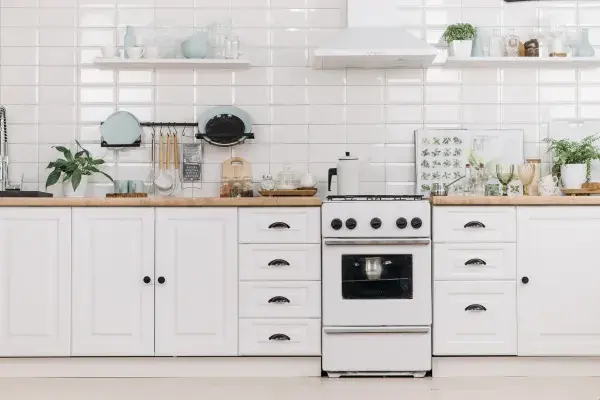
How to Organize Cabinets in Kitchen: Effective Tips for Maximizing Storage Space
Welcome to the Alabama Construction Pros Blog, the leading remodeling company in Montgomery, AL, and the surrounding areas, specializing in kitchen renovations and more. In this blog post, we'll guide you through the process of organizing your kitchen cabinets to create the most functional and efficient space. Discover expert tips and innovative ideas to make the most of your kitchen cabinets.
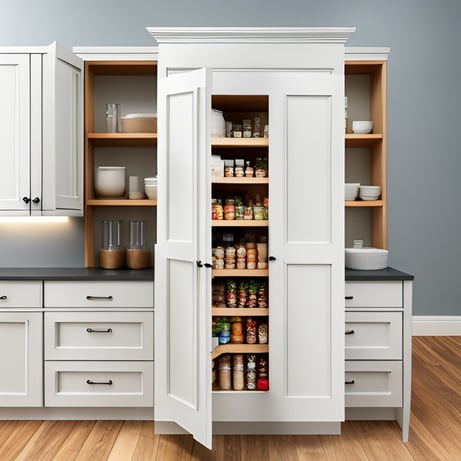
Assessing Cabinet Space
Before diving straight into the kitchen cabinet organization ideas process, it's essential to evaluate your kitchen cabinets thoroughly. Open your cabinet doors and take note of any limitations, wasted space, or disorganized areas. Are your corner cabinets effectively utilized? Are your upper cabinets optimized for storage? Also, consider any unused vertical space above or below your existing cabinets.
Here's a quick checklist to help you get started with accessing your kitchen cabinets:
Cabinet Layout:
-
Note the overall layout of your kitchen cabinets, including the number and arrangement of cabinets.
-
Identify any corner cabinets or upper cabinets that may require special organization solutions.
Cabinet Dimensions:
-
Measure the dimensions of each cabinet, including height, width, and depth.
-
Determine the available space inside the cabinets, taking into account any shelves or dividers.
Wasted Space:
-
Identify any areas of wasted space within your cabinets, such as empty corners or unused vertical space.
-
Consider how these areas can be better utilized for storage.
Cabinet Doors:
-
Evaluate the functionality of your cabinet doors.
-
Check for any damaged or misaligned hinges that may affect access to the cabinet interiors.
Existing Storage Solutions:
-
Assess the current storage solutions within your cabinets, such as shelves, drawers, or built-in organizers.
-
Determine if they are effectively utilizing the available space or if they can be improved.
Accessibility and Visibility:
-
Consider how easily you can access items stored in your cabinets.
-
Evaluate the visibility of items, ensuring that you can quickly locate what you need.
Corner Cabinets:
-
Examine the organization of corner cabinets.
-
Determine if there are any wasted spaces or if specialized solutions, such as rotating shelves, can be implemented.
Upper Cabinets:
-
Evaluate the storage efficiency of your upper cabinets.
-
Consider utilizing vertical space with adjustable shelves or adding storage solutions for easier access.
Unused Space:
-
Identify any unused space within your kitchen cabinets.
-
Determine how this space can be repurposed or optimized for additional storage.
Specialty Items:
-
Take note of any specialty items, such as baking sheets, cutting boards, or large appliances, and assess how they are currently stored.
-
Consider alternative storage solutions, such as tray dividers or customized compartments, to maximize their organization.
Visual Clutter:
-
Evaluate the visual clutter within your cabinets.
-
Determine if any items can be decluttered, relocated, or stored more efficiently.
Overall Functionality:
-
Assess the overall functionality of your kitchen cabinets.
-
Consider if the current organization allows for a smooth workflow, easy access, and efficient storage.
By going through this checklist, you'll be able to assess your kitchen cabinet space thoroughly and identify areas that require improvement or optimization.
This will help you plan and implement effective organization strategies to make the most of your kitchen cabinets.
Understanding your kitchen cabinets will help you plan better for organizing kitchen cabinets to prevent having unused space.
Planning and Preparation
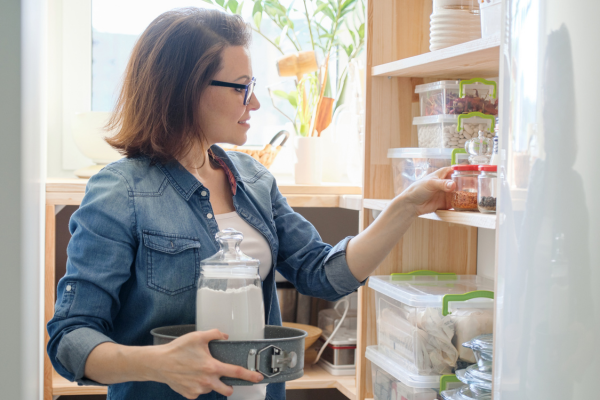
Proper planning makes it easier to organize kitchen cabinets. Define your goals and objectives for the project. Do you want to enhance storage capacity? Improve accessibility? Or perhaps cut down on visual clutter?
Begin by categorizing items you plan to store in your cabinets. Common categories include pots and pans, food storage containers, baking supplies, and kitchen gadgets. As you prepare, gather essential organizing supplies like drawer dividers, pull-out drawers, and cabinet shelves.
Declutter Your Kitchen Cabinets
The first step in organizing your kitchen cabinets is decluttering. Empty each cabinet and sort items into categories to identify what you have and determine the storage space required. This process will also help you discard any unused or expired food items. Take the opportunity to consider donating duplicates or items you no longer need. Starting with a clean slate will enable you to optimize your cabinets effectively.
Creating a Functional System
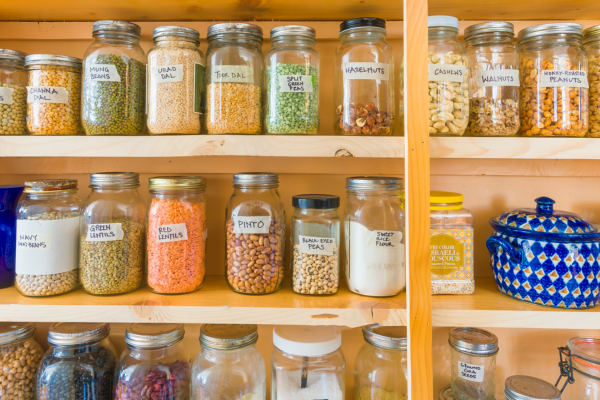
To maximize storage space and ensure efficient access to your items, it's important to create a functional system within your cabinets. Group similar items together to keep your cabinets organized. For example, dedicate a specific cabinet or section for pots and pans, one for food storage containers, and another for baking supplies. By keeping like items together, you'll know exactly where to find them when you need them.
Consider utilizing vertical space to make the most of your cabinet storage. Adjustable shelves are an excellent solution for accommodating items of various heights. Additionally, take advantage of cabinet door storage solutions. Install hooks or racks on the inside of your cabinet doors to store items like measuring spoons, pot lids, or frequently used utensils. These small additions can make a big difference in maximizing your storage space.
Don't forget to optimize every square inch of available space. Utilize the area above your cabinets by placing decorative baskets or boxes to store seldom-used items. You can also add shelves below your existing cabinets to create extra storage for plates, mugs, or cookbooks. Explore creative ways to utilize unused space, such as installing a wine rack or hanging hooks for mugs.
Maximizing Cabinet Space
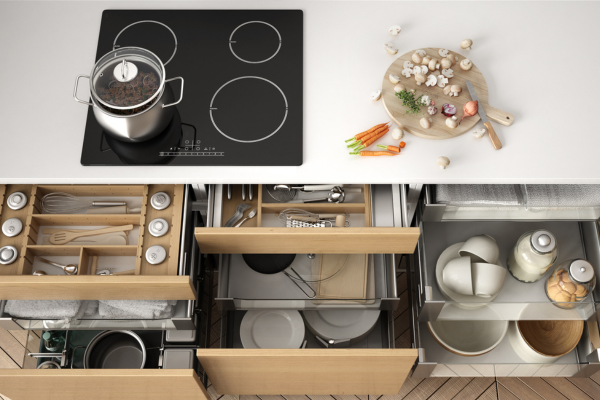
Make the most of your cabinet space by incorporating innovative storage solutions. Install pull-out drawers or sliding shelves to easily access items stored at the back of deep cabinets. These convenient additions ensure that nothing gets lost in the depths of your cabinets, allowing you to fully utilize the available space.
Drawer dividers are an excellent investment for keeping your kitchen utensils and cutlery organized. They create separate compartments, preventing items from jumbling together. Dividers also make it easier to find what you need, saving you valuable time when cooking or baking.
For larger items like baking sheets, cutting boards, or trays, consider utilizing vertical storage options. Tray dividers can be installed vertically within your cabinets, allowing you to neatly stack these items for easy access. This not only saves space but also keeps everything organized and prevents items from getting scratched or damaged.
Canned Goods
Canned goods can take up a lot of space and can make it difficult to organize kitchen cabinets.
Use a Step Shelf Organizer:
-
Step shelf organizers are great for maximizing vertical space in your pantry or cabinet.
-
Arrange your canned goods on each tier, allowing you to see and access each can easily.
Utilize Adjustable Can Dispensers:
-
Can dispensers are specifically designed to hold and dispense canned goods.
-
Look for adjustable can dispensers that can accommodate cans of various sizes.
-
Place them on shelves or inside cabinets for neat and accessible storage.
Install Wire Racks or Shelf Dividers:
-
Wire racks or shelf dividers can be added to existing shelves to create separate sections for canned goods.
-
These dividers keep cans upright and prevent them from toppling over.
-
Consider using deeper wire racks that can hold multiple rows of cans.
Opt for Rotating Can Organizers:
-
Rotating can organizers, also known as can carousels or can turntables, are convenient for small spaces.
-
They allow you to stack multiple cans in a rotating tray, making it easy to access cans from any side.
Implement Magazine Holders:
-
Repurpose magazine holders as can organizers.
-
Place cans inside the magazine holders, stacking them vertically.
-
Label the holders to quickly identify the types of canned goods stored within.
Utilize Basket or Bin Storage:
-
Use open baskets or bins to group and store canned goods by category, such as soups, vegetables, or fruits.
-
Label each basket or bin to easily identify the contents.
-
Stack the baskets or place them on shelves for efficient use of space.
Consider DIY Can Organizers:
-
Create your own can organizers using cardboard or wood.
-
Measure and cut dividers to fit inside a cabinet or pantry shelf, allowing you to create separate sections for different types of canned goods.
Arrange Cans by Expiration Date:
-
Practice proper rotation by arranging your canned goods by expiration date.
-
Place the cans with the nearest expiration dates at the front of the storage area, ensuring they are used first.
Label and categorize:
-
Label each can or container with its contents using adhesive labels or markers.
-
Categorize the cans by food type (e.g., vegetables, sauces, or beans) to make it easier to locate specific items.
Evaluate and declutter regularly:
-
Regularly assess your canned goods for expired or damaged items.
-
Remove any cans that are no longer suitable for consumption to free up space and maintain a clutter-free storage area.
Remember to consider your available space, the quantity of canned goods you have, and your personal preferences when choosing an organization method. By implementing these ideas, you can create a well-organized and functional system for your canned goods.
Labeling and Maintenance
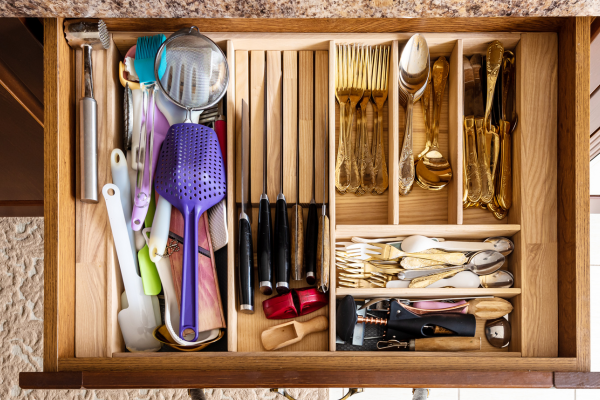
To maintain a well-organized cabinet system, labeling is key. Label containers, shelves, and drawers to ensure everything has its designated place. Use adhesive labels or a label maker to clearly mark each section. This not only helps you find items quickly but also makes it easier for other family members to maintain the organization system.
Implementing a regular cleaning and maintenance routine is crucial for keeping your cabinets organized and functional. Wipe down your cabinets regularly to keep them clean and free of dust. Cleaning not only enhances the visual appeal of your cabinets but also ensures that items stored within remain hygienic.
Encourage your family members to follow the organization system and return items to their designated places. Consistency is key in maintaining an organized kitchen. By establishing clear expectations and involving everyone in the process, you'll ensure that your cabinets stay organized and clutter-free.
Final Tips and Tricks

For additional storage ideas, consider incorporating open shelving into your kitchen design. Open shelves not only add visual interest but also provide a platform for displaying decorative or frequently used items. Use stylish baskets or containers to store and organize items while adding a touch of personal style to your kitchen.
Utilize unused counter space by installing hanging hooks or magnetic strips. Hang frequently used utensils or kitchen tools within reach, keeping your countertops clutter-free. This clever solution maximizes storage and provides easy access to often-used items.
Organizing your kitchen cabinets is a transformative process that enhances both functionality and visual appeal. By implementing the tips and ideas provided in this blog post, you can optimize your cabinet space and create a well-organized kitchen. Remember, at Alabama Construction Pros, we specialize in kitchen remodeling and organization. Contact us today to unlock the full potential of your kitchen cabinets.





